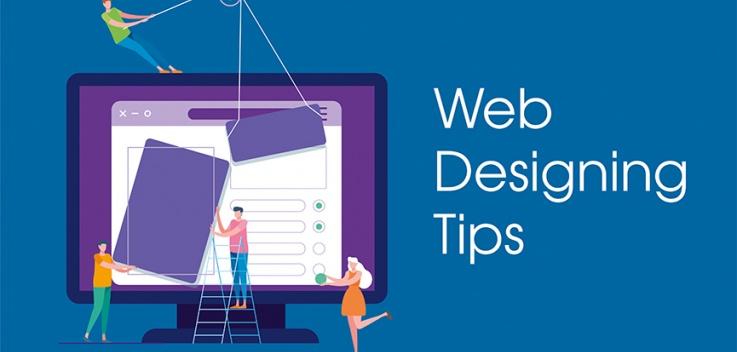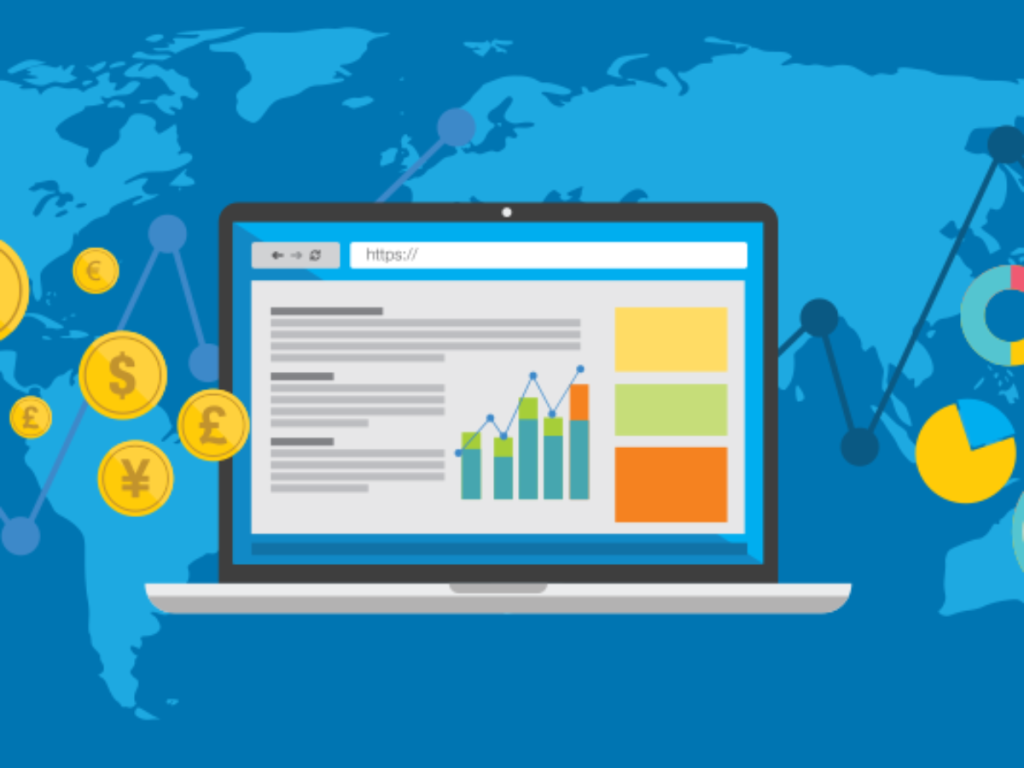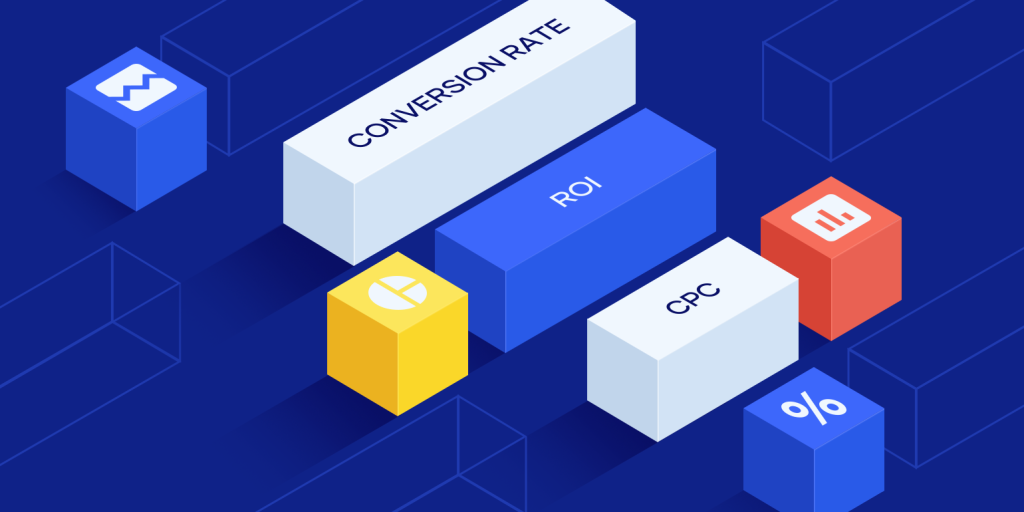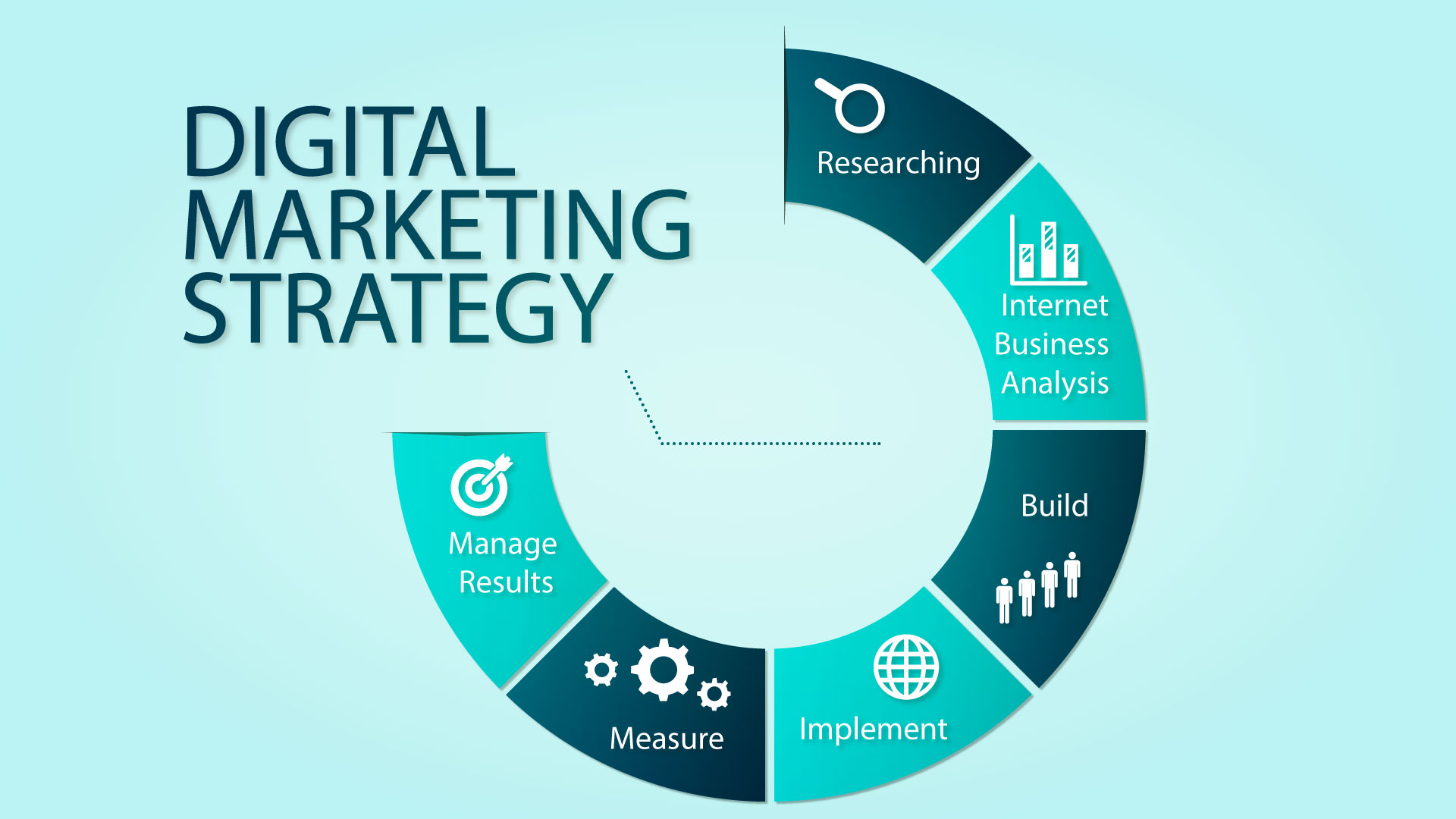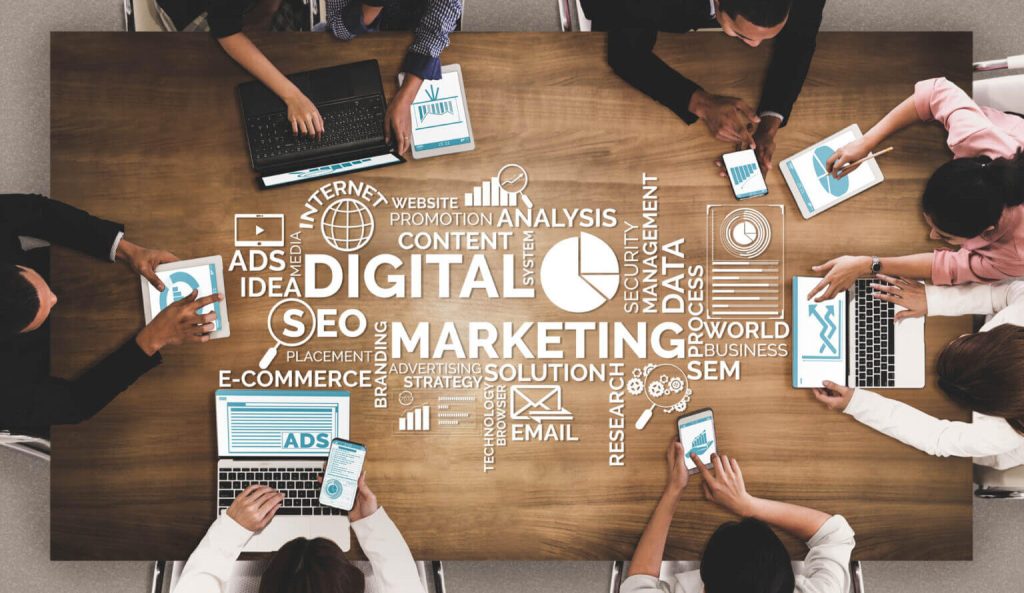An Overview of SEO for JoomlaAn Overview of SEO for Joomla
SEO for Joomla involves the process of increasing the website’s visibility through search engine results. This process can be complex, and is continually changing. The methods that worked last year may not work as well today. This article provides an overview of SEO, as well as links to additional resources. Once you have an understanding of SEO for Joomla, you can start building your site’s visibility through search engine results.
On-page SEO
On-page SEO is a crucial component of SEO for Joomla. It helps to improve your website’s search engine rankings and earn more organic traffic. The basics of on-page SEO include optimizing headlines, HTML tags, and images. This will ensure that your website’s visitors are guided to your most relevant content.
When it comes to SEO, adding targeted keywords to your content is key. These keywords should be included in the title of the article or website and placed within the H1 tag. Another way to optimize your website is to add a relevant meta description for each page.
Sitemaps
Sitemaps for SEO for Joomla can help improve the visibility of your site in search engine results. A sitemap is a list of URLs that your visitors can use to navigate through your website. Depending on the size of your site, a sitemap can take a lot of time to crawl. To make your job easier, there are plugins that create sitemaps for you. Aimy Sitemap is a popular choice for small to medium-sized sites. It allows you to customize the sitemap and notify the search engines when you make changes. It is also free to use and comes with a crawler.
Sitemaps help improve your SEO efforts by allowing search engines to index all the pages on your website. Search engines want to display the most relevant answer to each search query, so a sitemap will help them do that. By using sitemaps, search engines will be able to easily index your entire website, resulting in higher rankings and more visitors.
Keyword research
Keyword research is the process of finding the right keywords for your Joomla website. This process should be conducted based on search engine user behavior and trends. You can use tools like Google Trends and Ubersuggest to find your target audience’s keywords. Then, use SEO optimized content to rank high on the SERPs.
When choosing keywords, keep in mind the intent of your website. People are looking for answers to their problems, and providing them with the right answers will win their trust and, eventually, their business. Keyword research will help you determine which terms are most profitable and how to structure your website to maximize revenue.
Internal links
Internal links are extremely important to the success of your website in search engine optimization. These links should direct visitors to relevant content within your website, rather than linking to other pages. Internal links should be strategically placed and relevant to your website’s target keyword. As a general rule, internal links should be created to direct visitors to pages within your site that contain high traffic.
Internal links can also be used for cross-promotion. To get more traffic to a specific page, you can use the tool tip/title tag to direct users to that page. You can also try to get a link back to your website from your competitor’s site by providing content that provides useful information.
Mobile-friendliness
In this day and age, it’s vital to make your Joomla website mobile-friendly. Instead of using their desktop computers to visit websites, people now use their mobile phones. Mobile users have different needs and expectations than traditional computer users. For example, they want to be able to load pages quickly and easily. They’re also more likely to make decisions on impulse.
Fortunately, there are a number of ways to make your Joomla website mobile-friendly without having to change your code. To do this, you can use a variety of extensions. You can start by browsing the Joomla Extensions Directory. This will help you find mobile extensions and install them on your site.
Extensions
There are several different extensions for SEO for Joomla. Each of these tools specializes in a different aspect of website optimization. Some are more powerful than others. Depending on your needs, there are free extensions and paid extensions available. Let’s look at a few of them. For example, iSEO for Joomla will monitor the positions of your keywords in Google. It also lets you create custom meta descriptions and titles for your articles.
One of the best extensions for SEO for Joomla is SEO boss, which features a keyword tracking system. The plugin lets you view keywords in a dashboard, making it easier to manage your website’s metadata. Unfortunately, this extension only supports English and German, but you can change the language to any language by using Google Translate. This extension has been around for a while and currently does not support Joomla 4. EFSEO is another option that excels in metadata management. It has a front-end control panel, automatic generating system, customizable settings, and collects URLs in a database. The software is very useful for SEO and is available in both free and paid versions.
